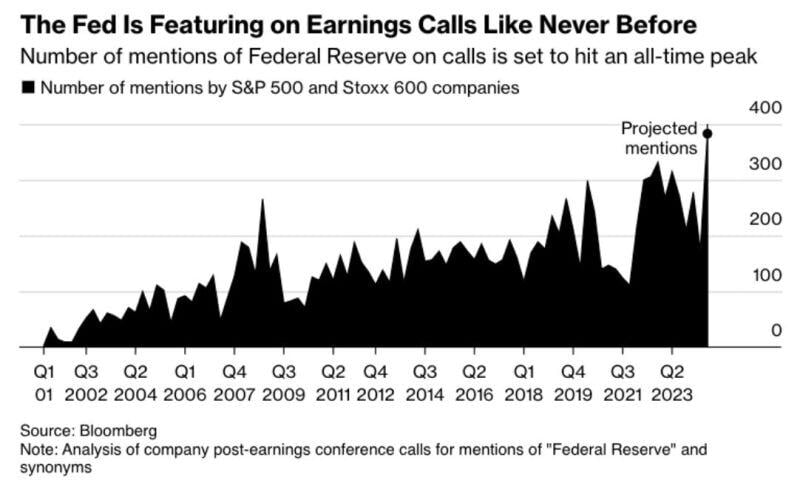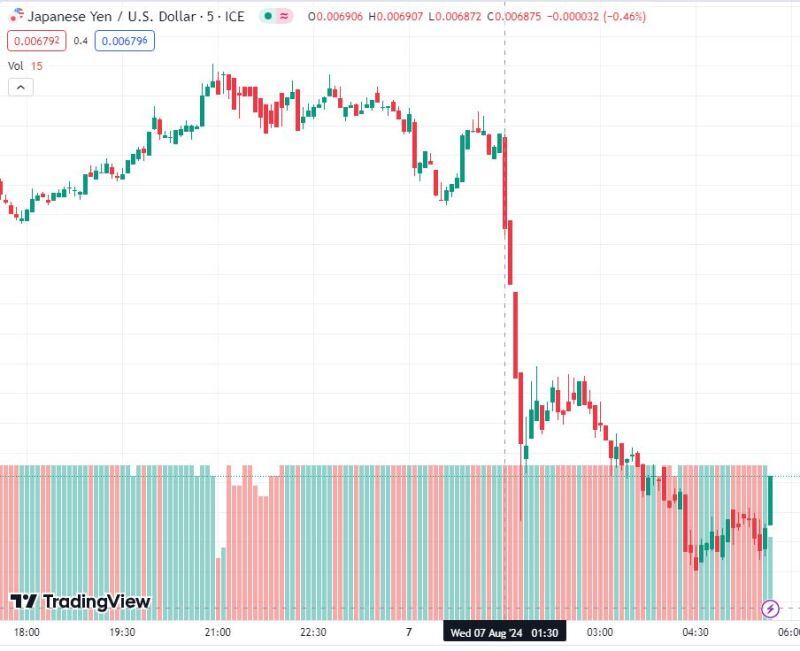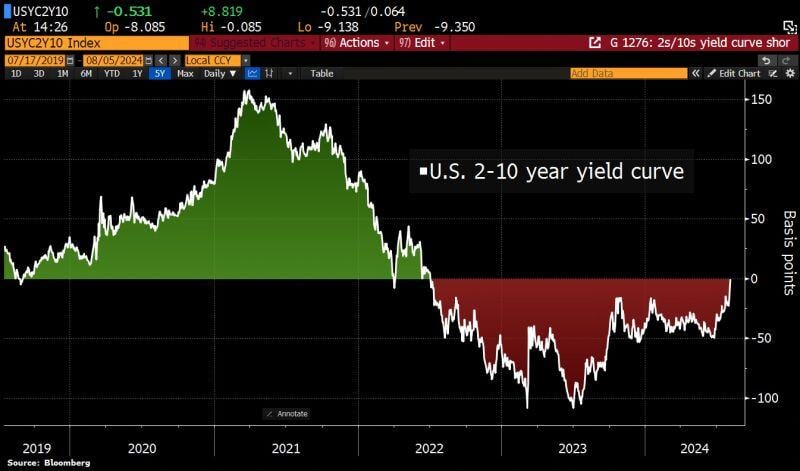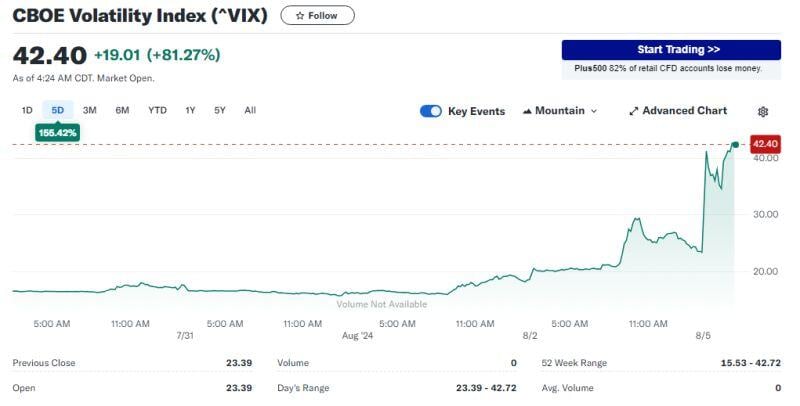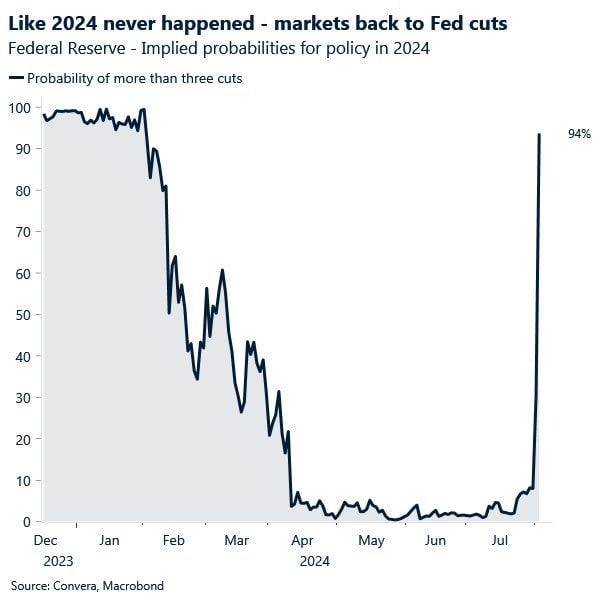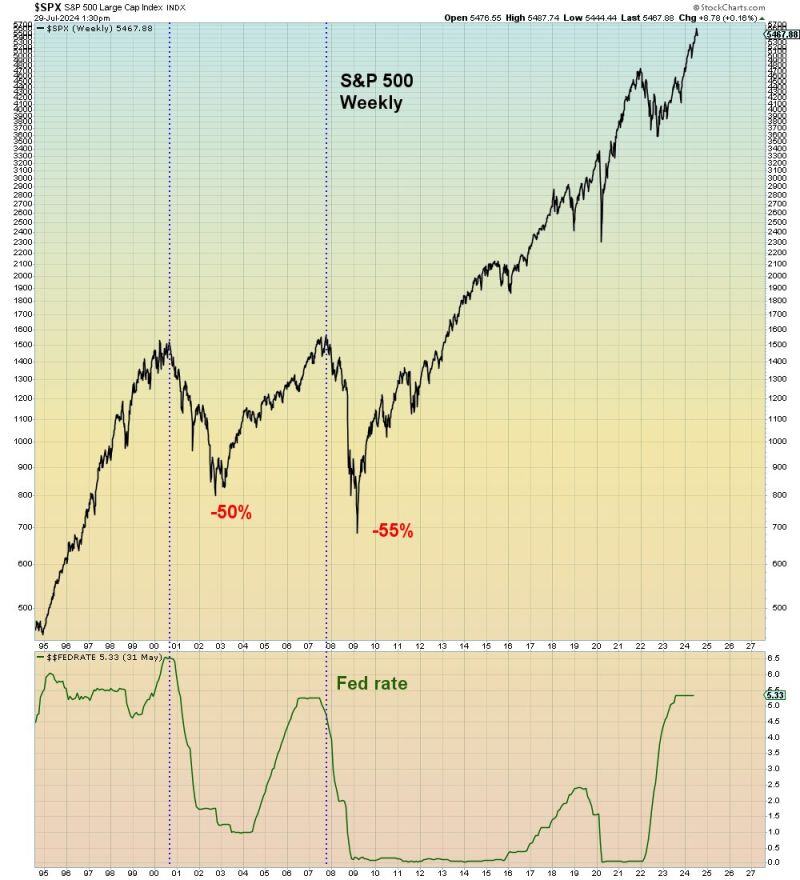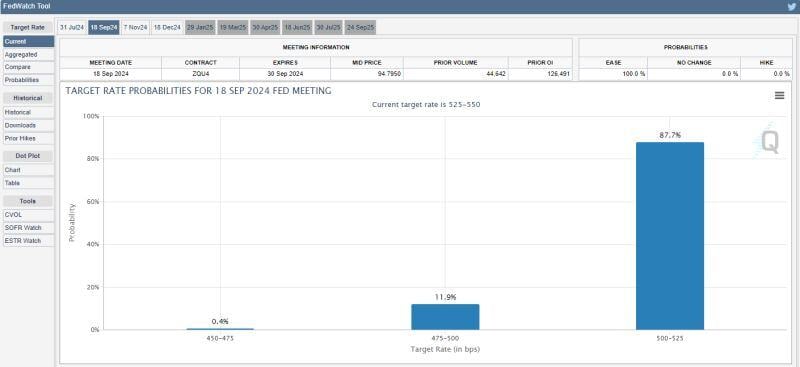Straight from the Desk
Syz the moment
Live feeds, charts, breaking stories, all day long.
- All
- equities
- United States
- Macroeconomics
- Food for Thoughts
- markets
- Central banks
- Fixed Income
- bitcoin
- Asia
- europe
- investing
- technical analysis
- geopolitics
- gold
- Crypto
- AI
- Technology
- Commodities
- nvidia
- ETF
- earnings
- Forex
- china
- Real Estate
- banking
- oil
- Volatility
- magnificent-7
- energy
- apple
- Alternatives
- emerging-markets
- switzerland
- tesla
- United Kingdom
- assetmanagement
- Middle East
- amazon
- russia
- ethereum
- microsoft
- ESG
- meta
- Industrial-production
- bankruptcy
- Healthcare
- Turkey
- Global Markets Outlook
- africa
- Market Outlook
- brics
It seems that many companies are in desperate need for rate cuts...
Source: Bloomberg
BREAKING: Is the BoJ capitulating?
The Bank of Japan Deputy Governor says they WON’T raise rates when the market is unstable. The Yen is getting absolutely destroyed…and the Nikkei is up nearly +3%, Nasdaq Futures is up +1.2% A wild start of August... Source: TradingView
US 2s/10s yield spread is now flat for the 1st time since 2022 on aggressive repricing of Fed rate cuts
US 2y yields have plunged by 70bps to 3.69% since last Wed while US 10y yields only dropped by 40bps in the same time. Source: Bloomberg, holgerZ
Fed's emergency rate cut never happened when the VIX was below 40.
It seems that we are getting there... Source chart: Yahoo finance
💥 Treasuries surge as traders bet on emergency Fed rate cut 💥
.
What a chart...
Source. Michel.A Arouet, Ht @MacroKova, Convera, Macrobond
Should the FED wait for a financial accident to happen BEFORE cutting interest rates?
Source chart: Mac10
JUST IN 🚨: There is now a 100% chance of a 25 bps interest rate cut by September, according to CME FedWatch
Source: Barchart
Investing with intelligence
Our latest research, commentary and market outlooks


